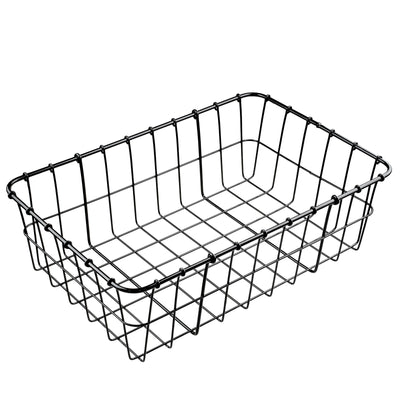Re-Radiusing Fenders
Chances are, you don't need to re-radius your fender if you choose the proper width relative to your tire size. Alas, we do not offer a 45mm 26" fenderset. Yet. So for those of you with 26" wheels with 1.5" tires, our 650bx45mm hammered fenders can be re-radiused to match the curve of a 26" wheel. As a reference, here is what how a 650bx45mm hammmered fender sits over a 26" wheel with 1.5" tires. The subject is Adrian's 26" Campeur, in case you were wondering.

And here it is after some massaging. Notice that the fender is only attached at the seatstay and chainstay bridges, and has a smooth line that follows the curvature of the tire. Once this "fender-zen" is achieved, your fenders will live long and fruitful lives free of stress risers.

First, here is what not to do:

Do not bend the fender by grasping on the ends and squeezing. You will kink your fender, and it will be extremely difficult to fix. Rather, you need to work the fender bit by bit until the fender matches the curvature of the tire.
To decrease the radius of the fender, you will need to increase the width. Since I am using an aluminum alloy fender set, I just use my hands to depress the middle and pull the outer edges. I have heard of others using a tennis ball, but since 1) I don't play tennis and 2) the yellow fuzz is bad for a dog's digestion tract, I simply do not own a tennis ball.

You don't need to do a lot at a time. Little bits over the length of the fender can decrease the radius enough to work. With the wheel in the dropouts, simply mock it up and adjust as necessary. Conversely, if you need to increase the radius, squeeze the edges together.

With the proliferation of off-road touring and gravel/all-road/any-road/road-plus/adventure/quiver-killer bikes, we have started including a pair reinforcement plates in all of our alloy fender sets. Just peel and stick it under the screw during installation - one under the seatstay bridge and one under the fork crown.


Here's the final result:






